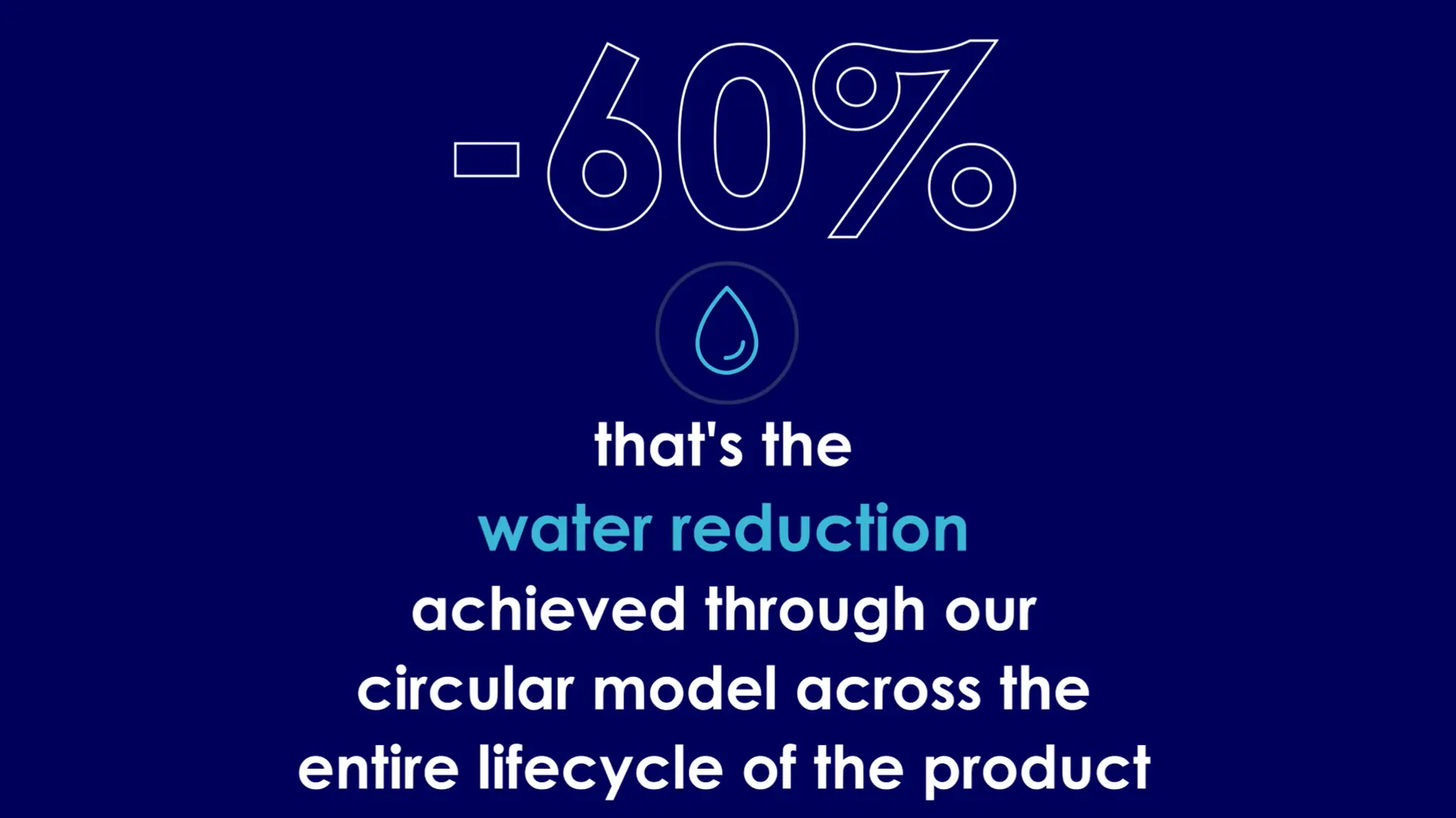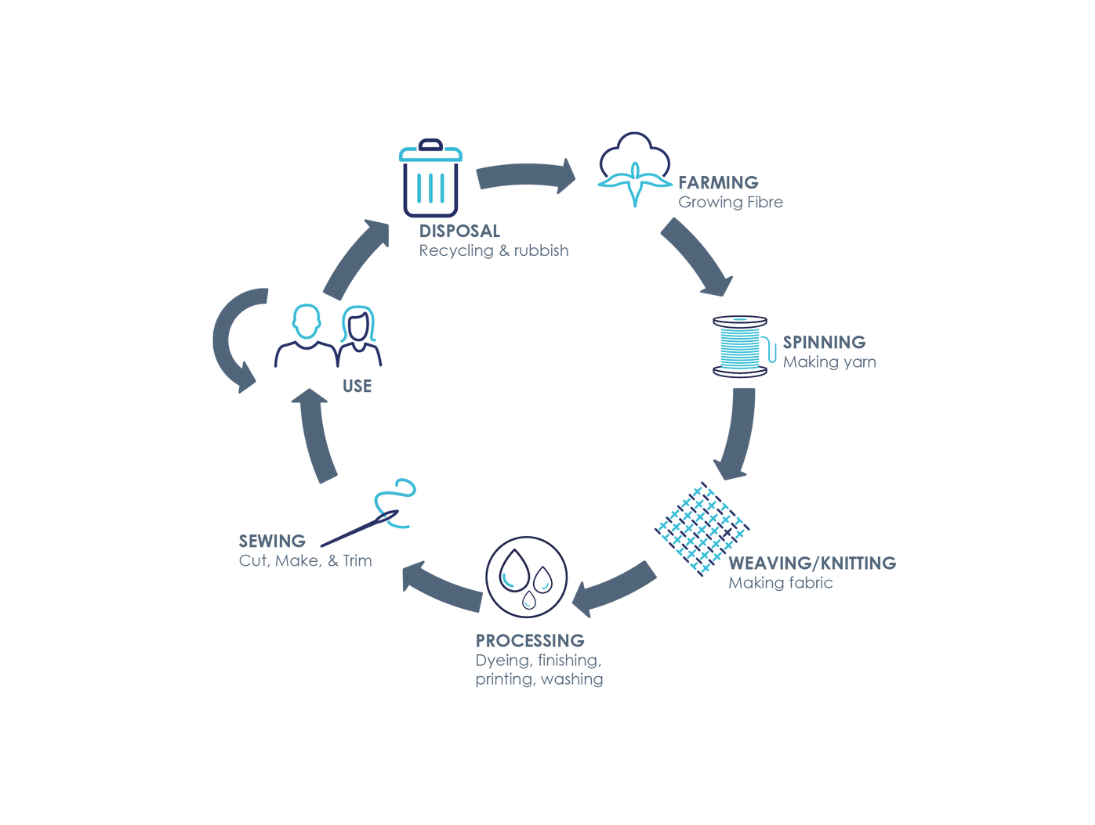
Limit your workwear environmental footprint



By washing at Elis you will save:
Find out more about the results
The figures come from the comparative LCA « Providing the wearer with a clean, dry working outfit 5 days per week, every week for 4 years service ». The LCA went through a critical review process in line with ISO 14071 requirements. Peer board members were LCA and washing industry experts.
These results are indicative based on 1 jacket and 2 pairs of trousers per week per wearer.
Sensitivity analysis has shown that the results do not significantly change if the number of changes per week is altered.
Main assumptions:
- At home: work garments are purchased by the employer and washed separatly from private clothes and tumble dried
- At Elis: garments are rented, they are repaired and reused if the employee leaves the company or changes clothes
Methodology: ISO 14040, 14044, Environmental Footprint 3.1 method.
Database: Ecoinvent 3.9.1, ADEME and Elis specific data.
Steps analyzed in the LCA


environmental impact reduction
The results include the full life cycle from raw material to end of life, including the washing process and come from an ISO 14040 and 14044 LCA.
Elis, a leader in circular services, allows businesses to achieve optimal hygiene and protection for their employees and customers.
Elis offers its clients products that are maintained, repaired, reused, and reemployed to optimize their usage and lifespan. Elis’ conviction is that the circular economy model, which notably aims at reducing consumption of natural resources by optimizing the lifespan of products, is a sustainable solution to address today’s environmental challenges. The services offered by Elis represent a sustainable alternative to the simple purchase or use of products or to single use disposable products. 84% of the Group turnover (2023) are based on the product as service business model.
Elis has carried out a comparative Life Cycle Analysis (LCA) covering the full life cycle of workwear products.
The LCA compares 3 cleaning scenarios of a full workwear outfit (jacket and trousers); the circular model based on garment rental with scenarios where garments are purchased and cleaned at home or purchased and cleaned
by a laundry service.
The results come from the comparative LCA “Providing a wearer with a clean, dry working outfit 5 days per week , every week for 4 years’ service”. The LCA went through a critical review process in line with ISO 14071 requirements. Peer board members were LCA and washing industry experts.
Methodology : ISO 14040, 14044, Environmental Footprint 3.1 method Database: Ecoinvent 3.9.1, ADEME and Elis specific data.
These results are indicative based on 1 jacket and 2 pairs of trousers per week per wearer. Sensitivity analysis has shown that the results do not significantly change if the number of changes per week is altered.
If you need information or a quote for your project, our teams are here to help. Contact us!
*Required fields
Account details








